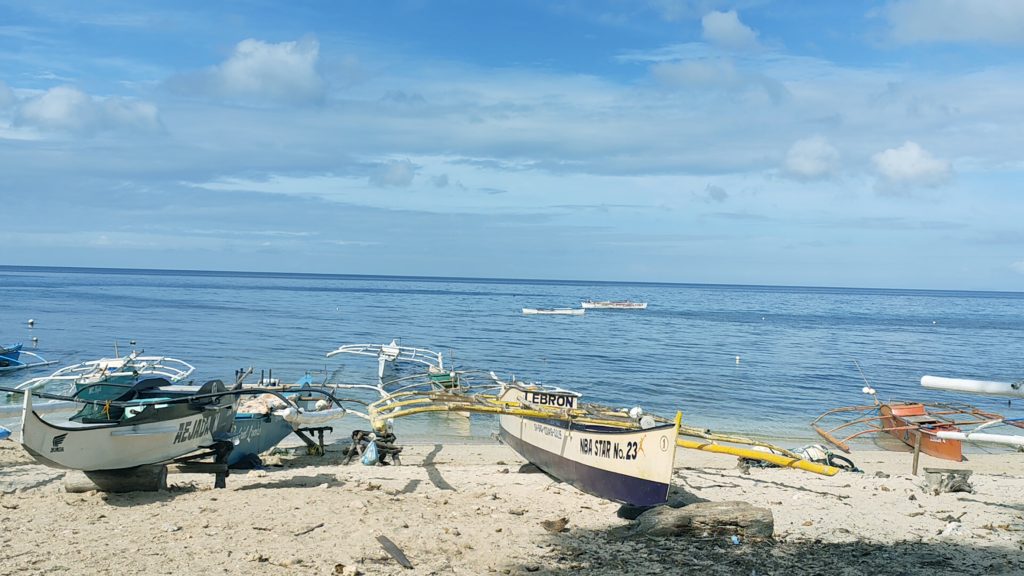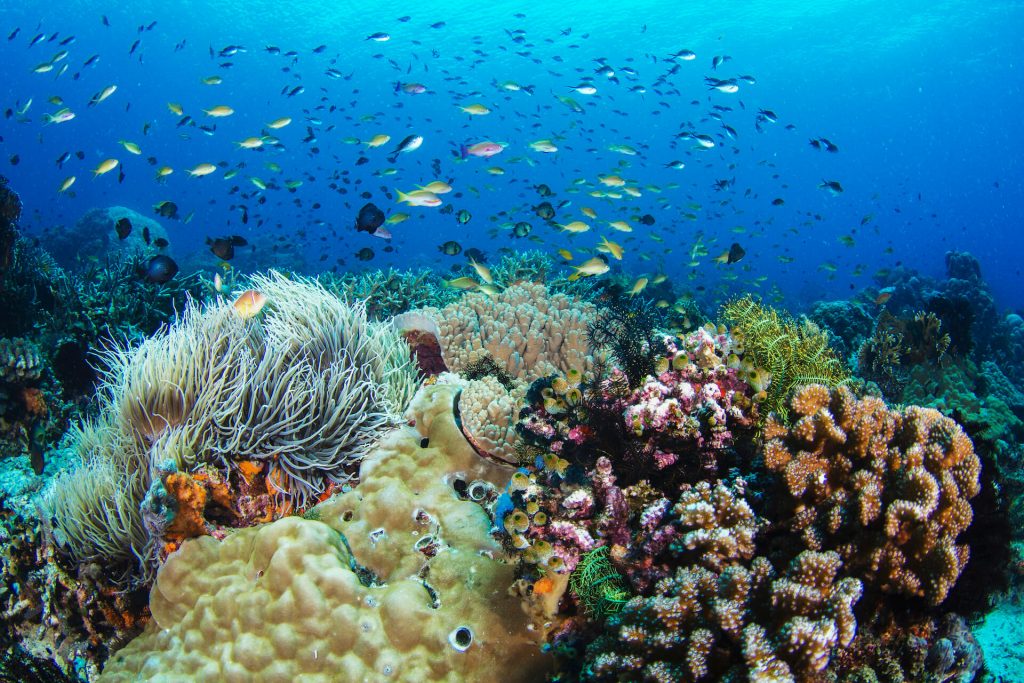
ISLAND communities face extra challenges in waste management, but the success of three Philippine island communities — Isla Verde in Batangas City, Apo Island, and Siquijor — shows that zero waste can be adapted to address local needs. The experiences of these biodiversity hotspots, documented by GAIA Asia Pacific, show that strong political willpower, sound planning, and grassroots action can create real, lasting change, offering replicable models for other island nations looking to protect their people and their marine resources.
Supported by Mother Earth Foundation (MEF) and War on Waste – Break Free From Plastic-Negros Oriental (WOW-BFFP NegOr), these islands show how reducing waste on land is essential to protecting the marine ecosystems they rely on.
In Isla Verde Island, located 45 minutes by boat from the Batangas port, waste diversion jumped from just 852 kg/day in 2019 to 13,763 kg/day by 2022, following the city’s adoption of MEF’s 10-step zero waste program. This was not a blank-slate effort—the city already had an environmental code and a 10-year solid waste plan—but implementation was uneven.

The local government admitted to facing challenges when it came to implementing their program in an island setting. Their partnership with MEF provided the structure and monitoring muscle to close the gaps, which included massive information, education, and communication (IEC) campaigns, household composting, and the activation of previously non-functional barangay MRFs. Verde Island now reports 70% compliance in household waste segregation, up from 30%.
Siquijor, a province dependent on tourism, faced its own crisis when its landfill hit capacity. The geology of the island ruled out the possibility of constructing a new landfill. In response, the province enforced existing ordinances and launched a province-wide zero waste program.
Today, 89 of the 134 barangays operate their own MRFs, and waste diversion has increased to 60%. Households are managing their own biodegradable waste, and grocery stores and public markets are compliant with the SUP bans. While compliance dipped slightly post-elections, momentum remained strong, helped by youth engagement efforts, the formation of a local waste workers’ association, and continued training for village leaders and enforcement units like Bantay Dagat.
“The progress in Batangas and Siquijor didn’t come from empty slogans,” says Rap Villavicencio, MEF’s deputy director for programs. “It took years of building trust, adapting strategies to local realities, and holding leaders accountable. These communities had to confront messy, entrenched habits—like inconsistent segregation and weak enforcement—and they’re still working through those challenges. But the difference now is a growing sense of ownership and political commitment that keeps the work going even when it’s difficult. That’s the kind of commitment that’s crucial if zero waste is going to move beyond isolated successes.”
Meanwhile, Apo Island, a small community off Negros Oriental known for its marine sanctuary, now also stands out for its waste system. It became the country’s first officially recognized zero waste island barangay in 2022. The shift began with a local ordinance and survey that flagged waste as a top concern, followed by partnerships with WoW-BFFP NegOr and MEF. By 2021, the island had decentralized waste collection, built four strategically placed MRFs, and achieved 53% waste diversion. The compliance rate with waste segregation is now at 99%.

Merci Ferrer, coordinator of WOW-BFFP NegOr, explains, “Apo Island’s success came not just from infrastructure but from a deep alignment between marine conservation and waste management. Local leaders, waste workers, residents, and partner organizations worked closely to create a system that respects both people and nature. This shows that protecting our oceans means protecting the land—and that communities can lead that change when given the right tools and support.”
“Islands offer a compelling case for zero waste and plastic reduction. On the islands we documented, having their own landfill is not feasible. Moreover, technically recyclable plastics aren’t collected for recycling because transporting waste to facilities off-island isn’t economically viable,” says Sherma Benosa, Sr. Knowledge Management Officer at GAIA Asia Pacific and author and co-author of the case stories. “Islands teach us this: waste management can’t happen in isolation. Islands are not as remote and disconnected as we view them; what happens on one often impacts many. The tides make sure of that. The very same oceans that divide us also connect us. On islands, it’s clear: there’s no “away,” only shared waters—and shared responsibility.”
Across these communities, the drivers of success are consistent: clear policies, technical support, active monitoring, and coordination with waste workers and residents. These are not perfect stories—but they are real ones. As the Philippines and the world grapple with mounting plastic and residual waste, the lessons from Vista Verde, Siquijor, and Apo Island offer scalable models grounded in implementation, not just intention.
As Ambily Adithyan, zero waste cities officer of GAIA Asia Pacific, puts it, “A zero waste island isn’t just a vision, it’s living proof that community-led solutions, supported by strong local leadership, can build resilient, sustainable systems.”
